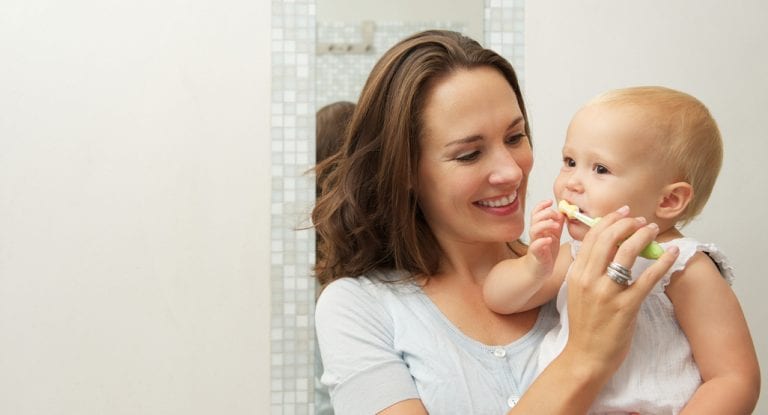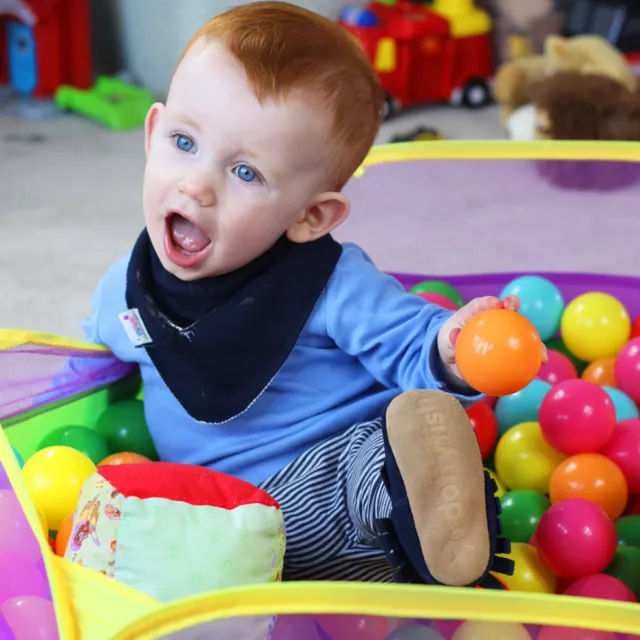Coping with Teething
We all know teething can be a painful journey. Watching your little one struggle with irritated gums, red rosy cheeks and nappy rash is not fun. They become super clingy and it breaks your heart hearing them cry but also you just want to run away and hide till it is all over. So, what actually works, what tips can other mum’s share that can help ease the pain.
There are lots of helpful remedies on the market but it is always worth bearing in mind that what may work for one baby may not work for another and it is quite often a process of trial of error until you find the perfect combination for you and your child.
Signs of Teething?
While teething symptoms indicate that something is going on inside the mouth you may not, in fact, see a tooth for some time. The teething process can be a long and difficult one for both babies and parents. This is why it is so important to learn how to react to their teething signs and discover what remedies work the best for your baby. There is a wealth of information from her on her blog here.
Teething Tips from Mum’s
Charlotte from @mumma_to_triplet_girls has said that making your own ice lollies with fruit, veg or breast milk works a treat as the cold numbs their gums. As a mum of 5 she has tried all sorts to soothe her teething babies over the years and it is really a case of trial and error till you find what works. She has used amber bracelets, Anbesol liquid and reflexology for babies.
A teething ring was a lifesaver when my youngest was teething. This is an obvious one as there are so many teething toys available, many of them can be chilled which gives added relief. Be sure to make sure you keep these toys clean and check them regularly for damage so that little ones don’t choke on broken pieces.
Cuddling and distraction is another method that gets lots of thumbs up from other parents. Leah a mum on Instagram finds distraction is the only tactic. Going for walks not only helps distract a teething baby but it also helps keep her sane! We all know that there are times when the only thing that is going to work is a long cuddle and that cup of coffee is just going to go cold for the 4th time today! Take heart, these times will pass – you’ve got this mama!
Many mum’s suggest putting large chunks of apple, banana, or cucumber in the freezer for a few minutes and then letting your baby chew on this. Carrot sticks straight out the fridge are another popular suggestion. It is important to not leave babies alone while they are chewing these chunks as they are a choking hazard. Another word of caution, the NHS does not recommend giving babies anything frozen so make sure it isn’t too hard or too cold for them. That being said lots of parents swear by this method so it may be worth giving it a go and seeing if it helps.
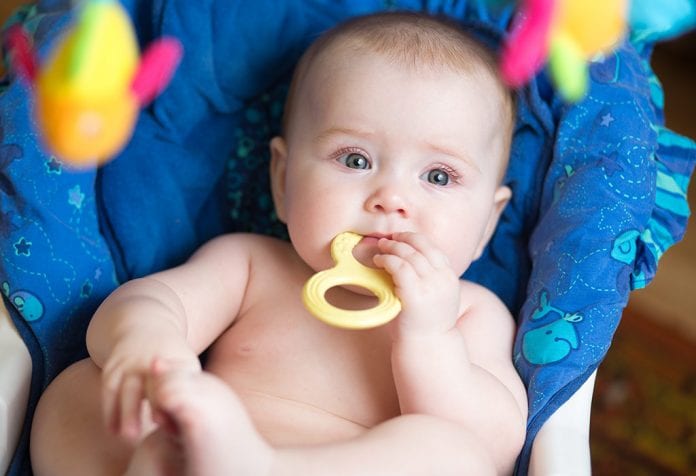
Drool Baby Drool
Emma talks a lot about dribble as it is all part of teething. “Babies do naturally dribble a lot due to the salivary glands increasing in activity from 3 months of age but once teething begins this will become more excessive. The problem with excess dribble is that it can go on to cause a couple more issues. One is the common sight of dribble rash on your baby’s face and the second is a slightly upset tummy from swallowing it. The tummy situation can be settled using teething granules, but a dribble rash can be a little more tricky to tackle. A lot of parents instinctively wipe the dribble from their baby’s face and often use a muslin or wet wipe for this. This constant wiping can further aggravate the area and a wet wipe, that is full of perfumes, can cause painful reactions when it comes into contact with the broken skin.
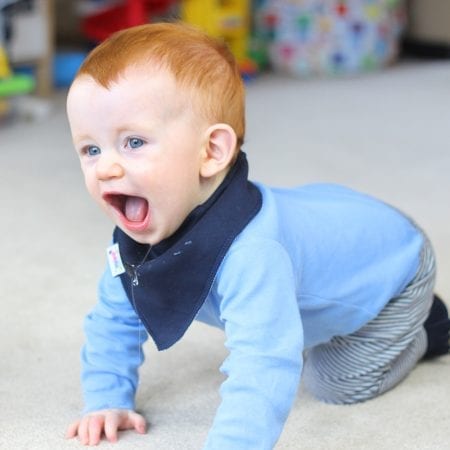
The best remedy for this is to take a soft cloth and to simply gently dab the dribble away. Also, provide a dribble bib to prevent the rash from spreading further down their body. When washing their face, only use warm water with a soft flannel. If their dribble rash becomes too severe, if the skin isn’t healing or looks infected you must seek advice from your doctor. While some babies sail through teething others seem to dribble constantly and all this dribble leaves skin damp and prone to rashes.”
Dotty Fish Bandana Bibs are perfect for keeping delicate skin dry and dribble free. The top layer is made from organic cotton and the fleece backing is super absorbent which means that it can cope with the drooliest of babies! These super soft bibs come in packs of three and are of course machine washable. They have two poppers, so they are adjustable as babies grow. Keeping skin dry is the key to stopping rashes and so change their bib regularly to stop it soaking through. It is also important to dry all those adorable neck rolls! This is where all that drool starts to cause a problem and having a rash on top of irritable teeth is not fun.
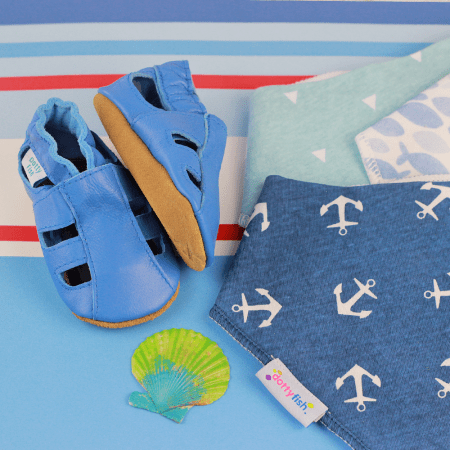
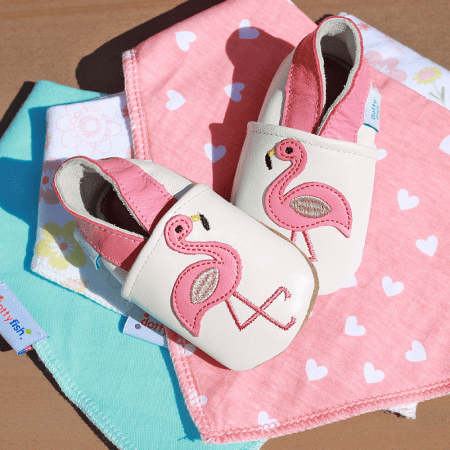
Dummies and Comforters
Of course, one of the most difficult part of teething is the lack of sleep for everybody! A teething baby will most probably find drifting off to sleep very hard when they are in pain. Laying down can causes further pressure on their gums as well as pain in their ears. Infant pain relief may be the only remedy that will work at this time but it isn’t a guarantee that it will get them through the night. Having a comforter that helps them self soothe is great when teething strikes.
We recently teamed up on Instagram with a fantastic local company, Dumforter, who have the most adorable dummy / comfort blanket combos. These little dummy comforter combos can help a baby to self soothe when upset. It might not work every time but it could give you a few minutes extra in bed or to gulp down the last of your coffee during nap time.
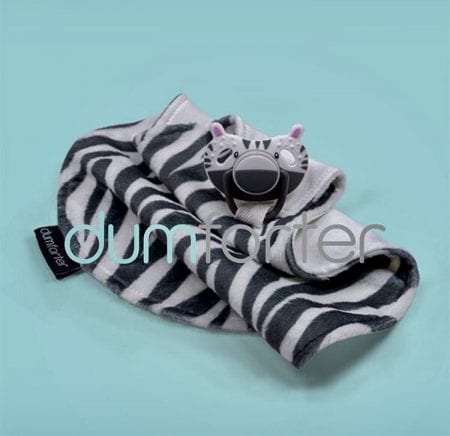
Caring for those First Teeth
And when those little pearly whites finally come through it is now time to start brushing them. There are a number of sites that give you advice and guidance on caring for your little one’s teeth. The NHS has lots of information here and the Baby Centre answers all your questions about caring for your baby’s first teeth.
We know this can be a tough time. Take heart and know you are not alone, and this too shall pass. Also take a little time for yourself, you can only care for others if you have taken care of yourself!
